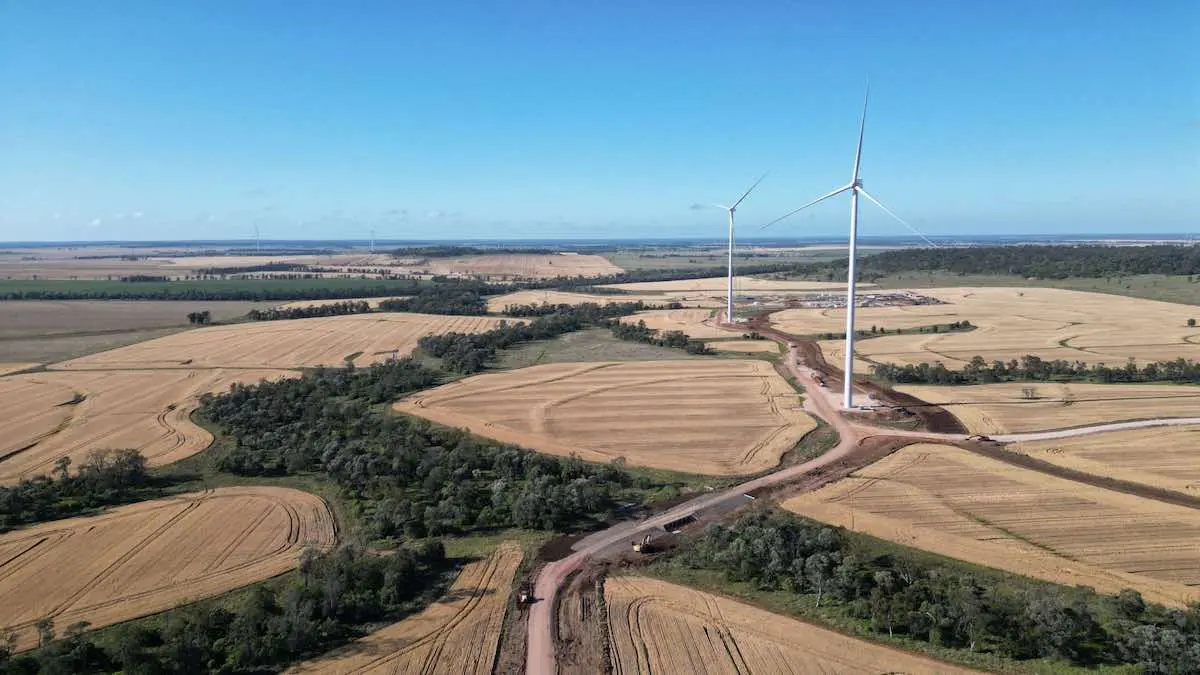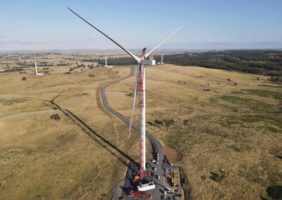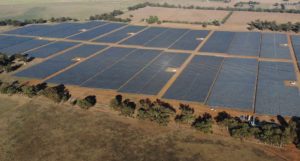Last year I stood in a room filled with hundreds of key Townsville stakeholders and watched as thundering applause greeted the premier’s announcement of funding for the CopperString project – a transmission line that will cut across Queensland’s north and unlock the region’s impressive solar and wind resources.
I could never have imagined so much support for a transmission line.
Townsville, once the heartland of the pro-Adani Carmichael coal mine campaign, was abuzz with talk about the region’s renewable energy and clean manufacturing potential.
It was a moment that I’ll never forget because it underscored the shift towards climate action that’s been gaining momentum across Queensland.
In many ways the Sunshine State is now shifting gears from a leading polluter to a leader in climate action.
Over the last two years the state government has announced a plan to replace polluting coal-fired power stations with clean energy backed by storage, and a 75 per cent by 2035 emission reduction target – one of the most ambitious in the country.
It’s a surprising turnaround for a state that was written off by political commentators as not wanting climate action after the 2019 federal election. But it’s impossible to ignore the cost of runaway climate change when the impacts are already knocking at our doors.
Every summer in recent years our disaster-prone state has been slammed with more frequent and severe storms, floods, fires and heatwaves. Impacted communities, like those in Far North Queensland, Tara and Tamborine Mountain, are left for months, if not years, picking up the pieces.
Queensland records more hospitalisations and deaths related to heat than any other Australian jurisdiction. And now, our precious Great Barrier Reef is suffering its fifth mass bleaching event in eight years.
And while these disasters unfold there’s growing awareness that Queensland has the perfect ingredients to thrive in a low-carbon economy – if we act quickly enough.
Queensland has world-class renewable energy resources, regions set up to be major energy exporters, and deposits of critical minerals needed to make clean technology.
These natural advantages coupled with policy certainty mean that businesses are flocking to Queensland to invest in renewable energy, clean technology and green hydrogen projects.
In fact, Queensland Conservation Council’s latest report found that there are thirteen new solar and wind farms that are expected to connect to Queensland’s grid over the next three years. Clean energy investment might be languishing in other parts of the country, but not in Queensland.
But like most things, there is a catch. Queensland heads to the polls in October this year and without bi-partisan support for the state’s existing energy transformation and emission reduction targets, this exciting progress could grind to a halt.
In the coming months two vital climate Bills will be voted on in Queensland’s Parliament to legislate the state’s renewable energy targets and emission reduction targets. This is a major test for the Queensland Liberal National Party.
If the Queensland Opposition supports these targets and delivers their own plans for meeting them, Queensland will signal to the world that we’re open for clean business.
But if the climate wars are ignited again then we’ll again see policy uncertainty that will derail investment, stifling new clean manufacturing opportunities and cheap renewable energy supply.
Regional communities, like Townsville, are seeing their future in a low-carbon economy. We can only hope that politicians are not too far behind the people and we see bi-partisan support for climate action before the state election.
Stephanie Gray is senior renewables campaigner at the Queensland Conservation Council










